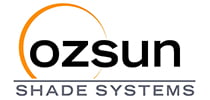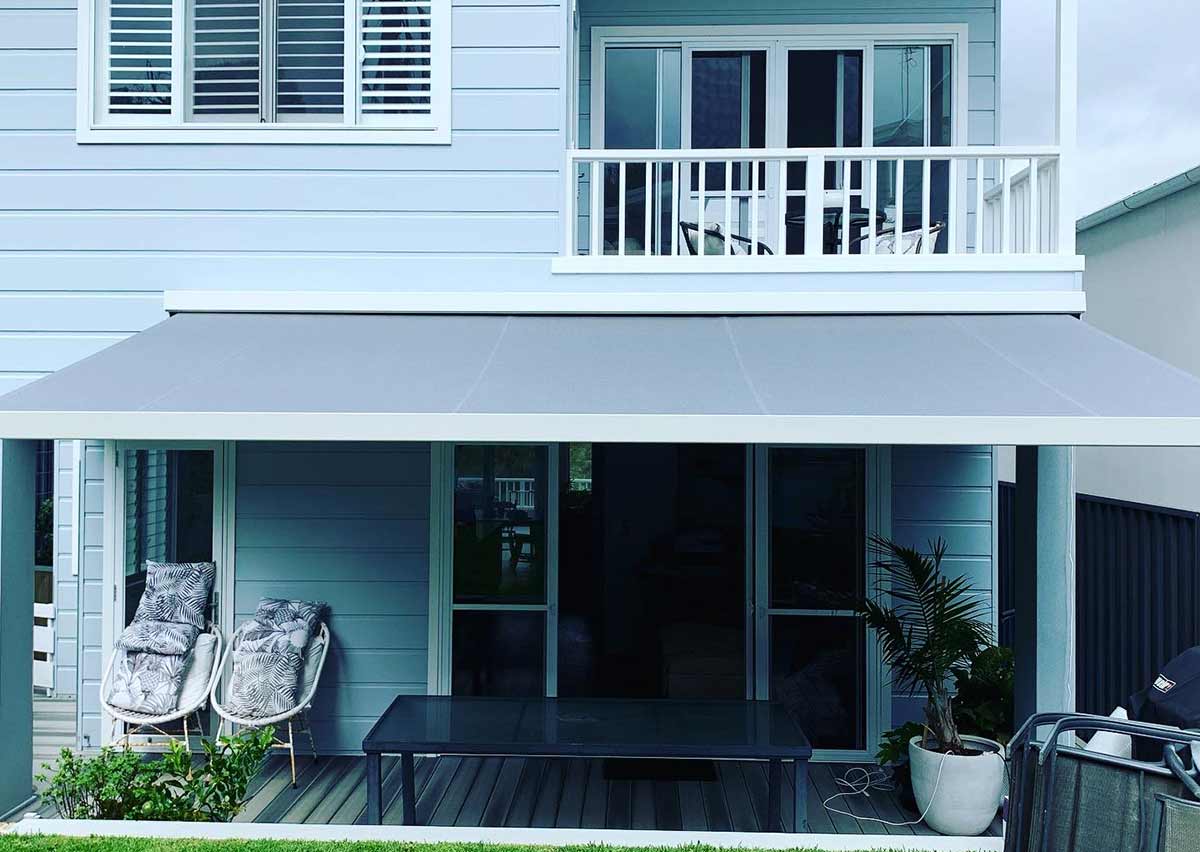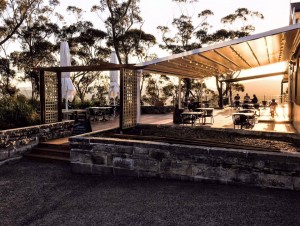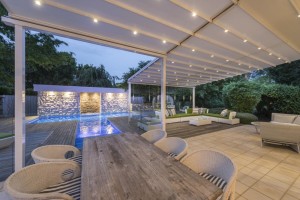 Awnings feature a range of parts and accessories that facilitate the installation, operation and even maintenance of the shade structure.
Awnings feature a range of parts and accessories that facilitate the installation, operation and even maintenance of the shade structure.
The main parts of an awning are two: frame and cover.
Awning covers create the shade, and come in many different shapes, sizes and materials.
The frame can consist of a simple structure made up of posts supports or supporting arms held together through welding, screws and other materials; or it can come in the form of a functionally complex structure made of multiple components, such as wall brackets, roller bar, front bar, folding arms, springs, and more.
Whatever the case, almost all modern awnings provide a number of accessories that tend to vary by type of shade structure. These include:
Awning Accessories
Motor
The addition of a motor to operate the awning (motorization) allows you to enjoy your shade structure at the touch of a button. Motorization also helps prolong the life of the awning whilst also preserving the quality and integrity of the fabric material or cover.
Motors for awnings come in a wide range of designs and varying controls. This gives homeowners the choice to select the one that perfectly suits their lifestyle. These awning motors usually feature a plug-in power cable and, therefore, require a 120v power outlet to operate. The body of the motor is conveniently placed inside the protective roller tube, which means there’s no additional space that is required to accommodate the motor – translating to easy installation.
Manual Override
A manual override is one of the accessories for motorized awnings. It facilitates operation of these types of awnings during power outages. With a manual override, you can effortlessly extend and retract your motorized awning through the use of a regular crank. This eliminates the potential inconvenience of being unable to enjoy your awning because there’s no power to operate it.
Remote Control
Remote controls for awnings typically feature radio technology, which provides push button control of the shade 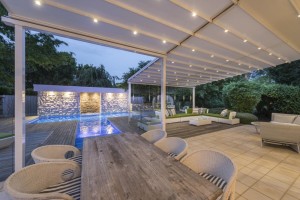
Wall Switches
Wall switches provide a great way to operate motorized awnings when exiting or entering a room. Available in single or multi-channel versions, they offer the same capabilities as hand-held remote controls, but they are installed to be stationary at a convenient location on the wall. Wireless wall switches are powered by battery, making it very easy and cheap to install.
Wind Sensor
The wind sensor monitors the effect of the wind on the awning and closes it automatically when it gets too windy. The wind sensor can be wired or wireless and will typically allow you to set your desired sensitivity.
Sun Sensor
The sun sensor detects when the sun is shining onto an outdoor area and automatically extends the awning to provide protection based on the sun’s intensity.
Most modern awnings come with a combined sun and wind sensor, rather than only one of these. Many can also be operated automatically via a typical home automation system. When the sun comes out, the sensor will make trigger the awning to extend and automatically retract when wind speeds reach dangerous levels.
Spring Assist
A spring assist mechanism makes it easier to retract manually operated awnings. Retractable awnings usually feature heavy-duty springs in their folding arms designed to ensure that the cover remains taut at all times. Because of this, it can take a lot of effort to retract a fully extended awning, particularly during the first turn or two. A spring assist is a spring-loaded device that assists you in compressing the powerful springs in the arms of a manually operated retractable awning, thus allowing for effortless retraction. It’s a recommended accessory for large manually operated retractable awnings.
Protective Hood
A protective hood, which is typically made from extruded aluminum, protects the awning fabric and frame mechanism from weather conditions as well as dirt, dust and other contaminants when the awning is retracted.
Awning Cover
Awning cover consists of a sturdy material that attaches over your awning when it’s not in use. By so doing, it keeps your awning clean and neat and protects it from dirt, dust and other foreign materials. The cover typically attaches to the wall behind the awning with the use of grommets and stretchable cords.
Side and Front Valances, Curtains or Solar Shades
Side curtains, side and front valances and solar shades are often added onto the awnings to provide extra sun and 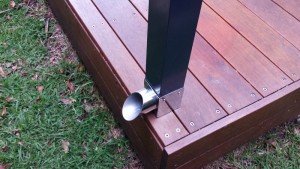
Awning Lights
A variety of patio lights exist for awnings and other types of shade covers. These lights are not just beautiful, but they are designed to be tough, unbreakable and weatherproof. They provide plenty of illumination for evening activities while enhancing curb appeal and outdoor ambience in the evening.
De-Flappers
If you live in a windy area, de-flappers can come in handy in trying to eliminate noisy wind flapping and protect your awning from costly rips and tears. These accessories help maintain tautness, minimizing flapping easily and economically.
Cleaning Kit
The other accessory that you’ll find extremely useful as an awning owner is cleaning and maintenance kit. The kit will typically include: cleaning concentrate, long-handled brush, touch-up paint and repair materials. These will help you maintain the fabric and frame mechanism of your awning, which is key to sustaining a long life for your shade covering.
